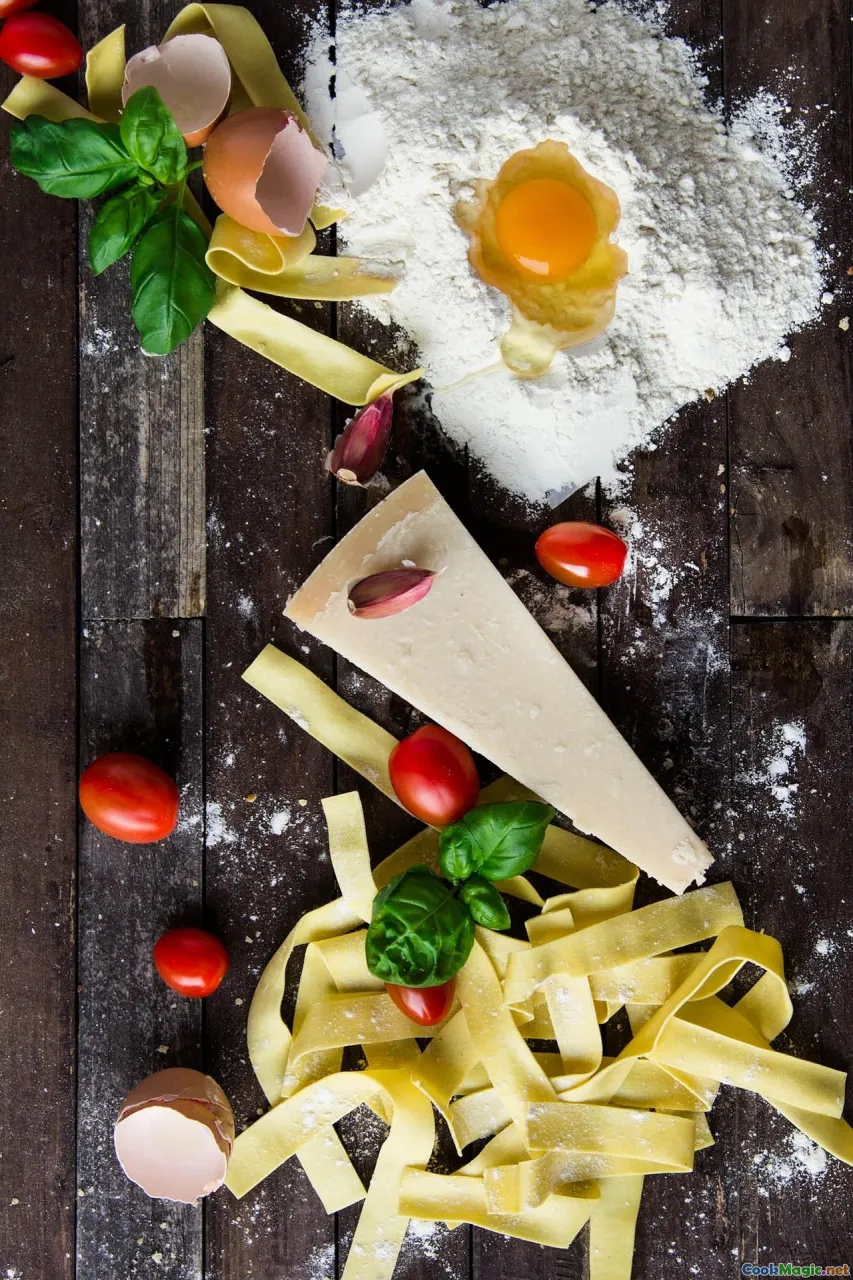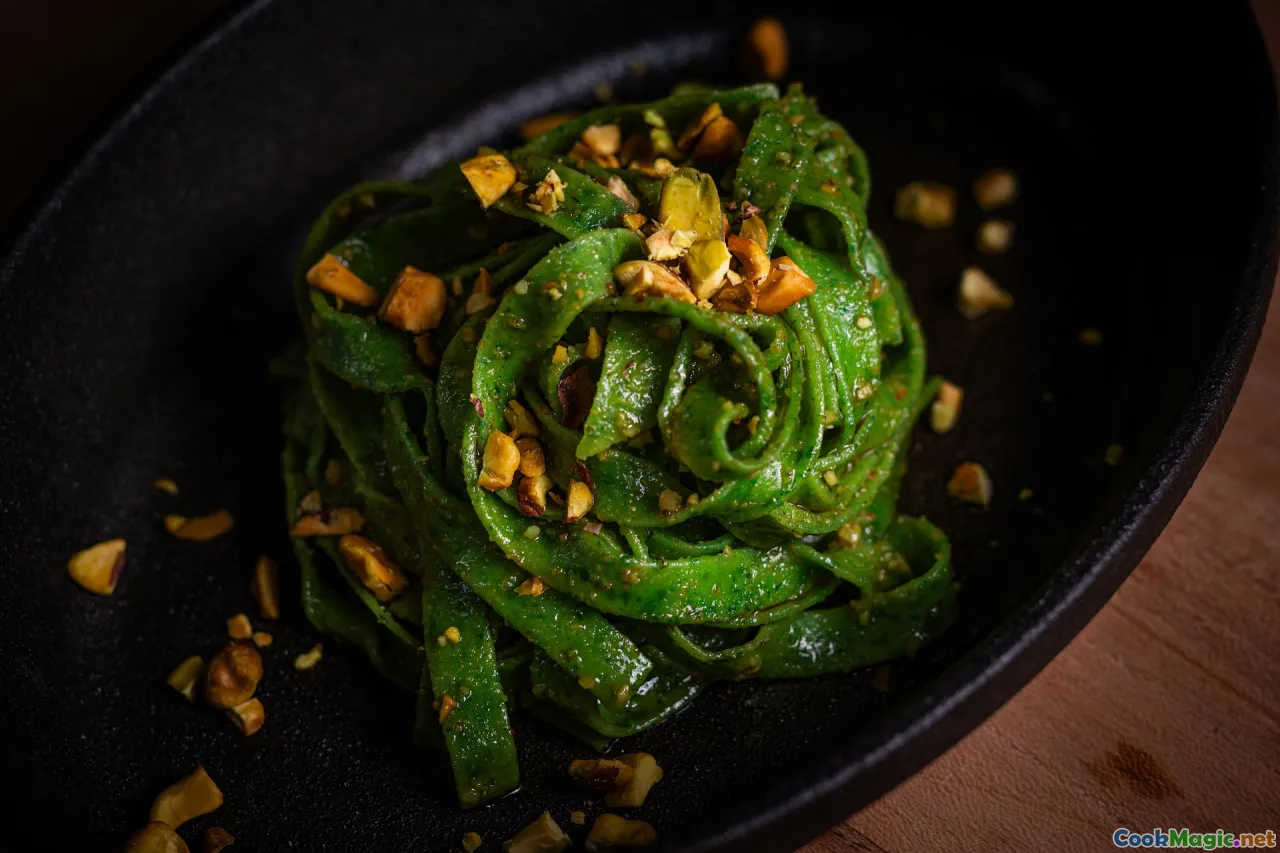Selective Use of Gozo Cheese in Maltese Recipes
9 min read Explore the selective incorporation of Gozo cheese in authentic Maltese dishes, highlighting flavor nuances and culinary versatility. July 30, 2025 09:05
Selective Use of Gozo Cheese in Maltese Recipes
Few ingredients in Maltese cooking evoke the heart of the Mediterranean like Gozo cheese. This distinctive cheese, crafted on the smaller sister island of Malta, embodies centuries of tradition, volcanic terroir, and the Maltese sense of community. Its unique flavor profile—nutty, slightly tangy, and infused with mineral notes—can elevate a variety of dishes when used with intention and reverence. In this exploration, I aim to unravel the cultural nuance and culinary grace of selectively integrating Gozo cheese into Maltese recipes, celebrating its historical roots and gastronomic versatility.
The Cultural Essence of Gozo Cheese

Gozo cheese isn’t just an ingredient; it's a symbol of identity for the Gozitan people. Historically, cheesemaking on this island has been a communal affair, often tied to seasonal cycles and local resources. The volcanic soil and pristine milk from Gozitan goats imbue the cheese with a mineral richness that’s hard to replicate elsewhere. As you hold a piece of Gozo cheese, perhaps a soft Ġbejna or a firmer mature wheel, you sense the rugged beauty and simplicity of island life.
In villages like Nadur or Zebbug, locals still gather around rustic cheesemaking presses, passing down recipes that have survived the vicissitudes of time. These traditions manifest today not only in festivals and markets but also in the loving care with which chefs and home cooks incorporate this cheese into their dishes.
When and Why to Use Gozo Cheese Selectively

In the culinary arts, timing and moderation are key—especially with a cheese so expressive as Gozo’s. Its flavor can be overwhelming if overused, but when chosen carefully, it can serve as an accent that elevates a dish’s depth.
Intensity of Flavor
Gozo cheese varies from fresh (ġbejna) to aged varieties, each offering a different sensory experience. Fresh ġbejna, soft and slightly tangy, works beautifully as a garnish or a contrasting element, while mature cheeses can provide a savory punch that complements robust dishes.
Textural Harmony
Its crumbly Ġbejna contrasts nicely with tender fruits in salads, yet melts smoothly over baked pasta or in frittatas if used judiciously. The key is to match the cheese’s texture to the dish’s intention—never overpowering, always enhancing.
Emotional Connection
The Romanesque flavors can spark nostalgia or deepen the authenticity of traditional Maltese recipes. Using it selectively allows the cook to honor tradition without overshadowing other local ingredients.
Best Practices for Incorporating Gozo Cheese

Pairing and Complementing
Pair Gozo cheese with seasonal vegetables, fresh herbs like basil and mint, and local honey. For hot dishes, consider adding grated or crumbled Ġbejna towards the end of cooking to preserve its delicate flavors.
Application in Classic Recipes
- Ross fil-forn (Rice with Rabbit): Sprinkle small crumbles of Ġbejna on top before serving for a burst of saltiness.
- Ftira Maltija (Maltese Flatbread): Use slices of ġbejna as a filling along with tomatoes, capers, and olives.
- Maltese Salad: Combine cubes of Ġbejna with grapes, cherry tomatoes, and a drizzle of fig vinegar.
- Cheese Biscuits & Pastries: Incorporate shredded Gozo cheese into the dough for savory snacks.
When to Hold Back
Avoid over-salting dishes that already contain preserved foods like capers or olives, as Gozo cheese adds enough saltiness on its own. Also, for delicate recipes like light soups or crème-based sauces, a small flake of cheese suffices.
Pairing Gozo Cheese with Maltese Wine and Honey

The full gastronomic experience entails thoughtful pairing. Gozo cheese pairs beautifully with Maltese wines—especially a crisp Ġemmiem or a sweet Ġellewża. For a dessert or cheese platter, a splash of honey, often from local tämith (honeydew), adds floral sweetness that balances the cheese’s savory tang. The combination creates a sensory dance—earthy, sweet, tangy, and umami—visualized through vibrant color contrasts and textures.
Personal Insights and Favorite Dishes

Having traveled extensively across Malta and Gozo, I’ve come to see cheese not merely as an ingredient but as the soul of many recipes. One memorable experience was enjoying Ġbejna wrapped in local herbs, baked over embers—crispy, fragrant, and reminiscent of ancient shepherding traditions. I often recommend to home cooks to think of Gozo cheese as a note within a symphony, not the entire melody.
In my own kitchen, I favor adding tiny crumbles to a Maltese-style caponata—as a nod to traditional flavors—and always advocate for serving fresh ġbejna with a drizzle of honey during the festive seasons. It’s a simple yet profound way to connect with the island’s culinary heartbeat.
Final Reflection: Respect and Creativity

In essence, the selective use of Gozo cheese in Maltese recipes is an exercise in respect—for the ingredient’s history and flavor—and in creative restraint. By understanding its nuances and context, chefs and home cooks can craft dishes that pay homage to tradition while embracing innovation.
Whether sprinkled over a vibrant Ġbejniet salad, melted into a hearty rabbit stew, or served simply with Maltese bread and wine, Gozo cheese’s true magic lies in its ability to evoke a land, a people, and a heritage—understanding when to let it shine and when to hold back keeps the culinary story compelling.
Tomorrow’s cuisine in Malta continues to be a dance between history and imagination, and Gozo cheese remains a fundamental partner—putting focus where it belongs, and allowing its rich, mineral notes to illuminate our plates with every bite.









